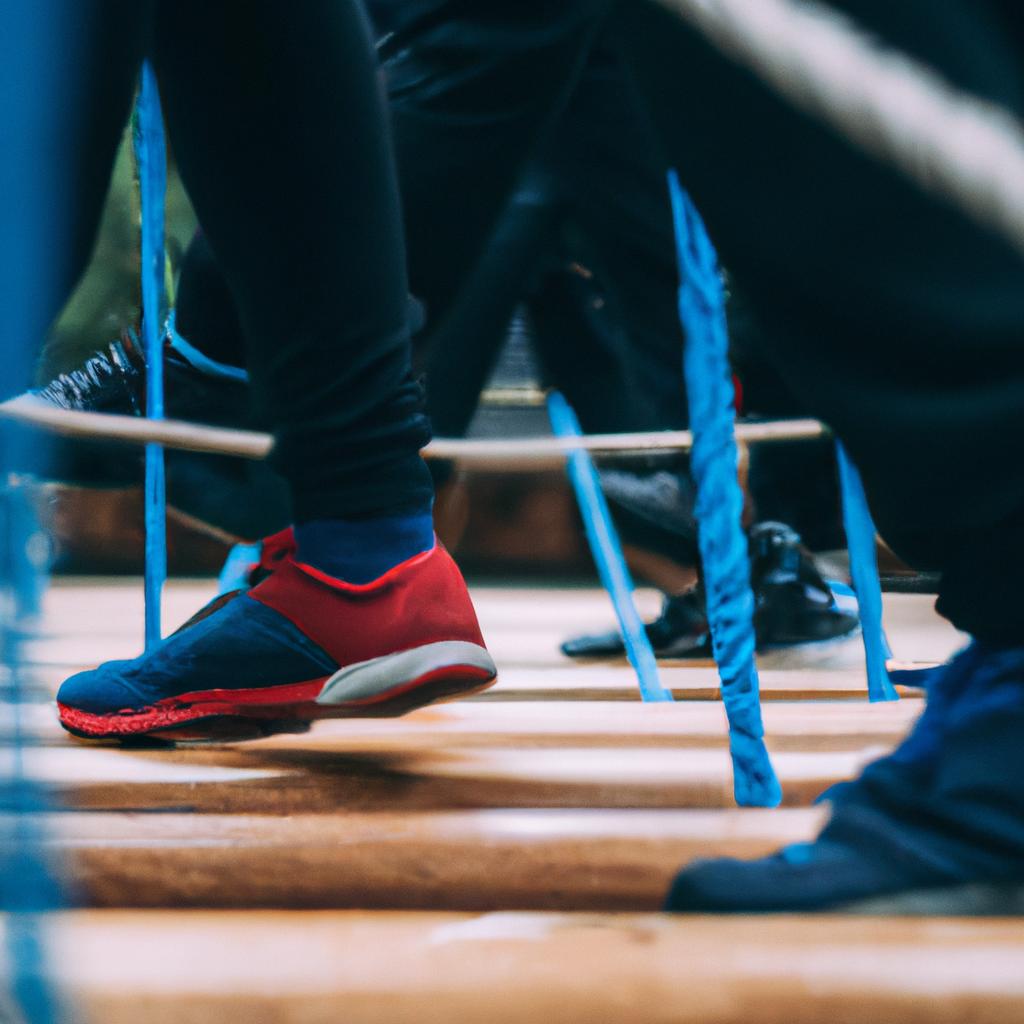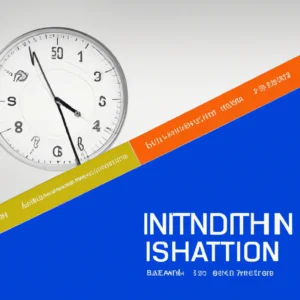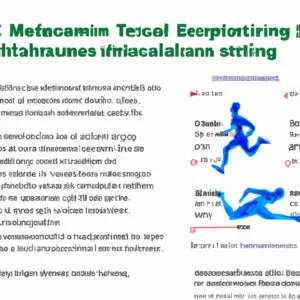The Role of Obstacle Course Racing in Building Community: How Team Challenges Foster Connections and Support Networks
The Role of Obstacle Course Racing in Building Community: How Team Challenges Foster Connections and Support Networks
Obstacle course racing (OCR) has gained immense popularity. It attracts participants from diverse backgrounds. These races feature physical challenges that promote personal achievement and community building. Participants face unique challenges that require teamwork and perseverance. They forge connections that often extend beyond the race. This blog post explores how OCR fosters connections, creates support networks, and enhances well-being.
The Power of Team Challenges
OCR events emphasize teamwork. Participants must scale walls, crawl through mud, and navigate obstacles together. This reliance fosters camaraderie, leading to strong bonds during training and racing. Participants learn to communicate, strategize, and trust each other under pressure. These shared experiences create lasting friendships that often continue after the race.
Team challenges push participants out of their comfort zones. When one member struggles, teammates rally to provide motivation and support. This dynamic builds resilience and strengthens relationships. Individuals learn to celebrate each other’s successes. The sense of achievement from overcoming challenges together fosters loyalty and connection.
Nutrition Tips for Optimal Performance
Proper nutrition plays a crucial role in OCR training. Athletes need the right fuel to perform well. Understanding nutritional needs is essential for success. Pre-race meals should focus on carbohydrates for energy. Whole grains, fruits, and vegetables provide essential nutrients. Participants should stay hydrated before, during, and after races to maintain performance.
During intense training, athletes may experience fatigue or soreness. Incorporating protein-rich foods helps support recovery and muscle rebuilding. Lean meats, legumes, dairy, and plant-based proteins are beneficial. Avoid processed and high-sugar foods for better energy levels. Prioritizing whole foods allows athletes to feel their best and contribute positively to their teams.
Exercise Advice for Building Strength and Stamina
Preparing for OCR requires a well-rounded training regimen. Participants need strength, endurance, and agility training. Each component plays a vital role in performance. Therefore, they should incorporate various exercises into their routines.
Resistance training builds muscle and increases power. Exercises like squats, lunges, and push-ups improve overall strength and simulate OCR movements. Cardiovascular training enhances stamina for longer races. Running, cycling, and swimming contribute to improved endurance. Participants should aim for at least three cardio sessions each week.
Conclusion
In summary, OCR fosters connections and builds support networks through team challenges. Proper nutrition and exercise enhance performance and well-being. Embrace the journey and strengthen community ties in OCR.
Below are related products to the topic if you’re interested:
FAQ
How does obstacle course racing foster connections among participants?
Obstacle course racing (OCR) promotes connections through team challenges that require participants to work together to overcome physical obstacles. This reliance on teamwork fosters camaraderie and encourages communication, strategizing, and trust under pressure, leading to strong bonds and lasting friendships that often extend beyond the race.
What role does nutrition play in preparing for an OCR event?
Nutrition is crucial for optimal performance in OCR training. Athletes need to fuel their bodies with the right foods, focusing on carbohydrates for energy before races and incorporating protein-rich foods for recovery. Staying hydrated and prioritizing whole foods over processed options helps maintain energy levels and enhances overall performance during training and competition.
What type of training regimen is recommended for participants preparing for OCR?
Preparing for OCR requires a well-rounded training regimen that includes strength, endurance, and agility training. Participants should engage in resistance exercises like squats and push-ups to build muscle, as well as cardiovascular activities such as running and cycling to enhance stamina. Aiming for at least three cardio sessions each week is advisable for improved endurance and overall performance in races.















Post Comment